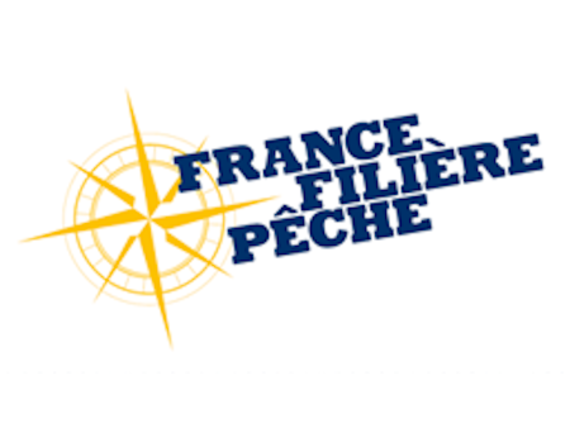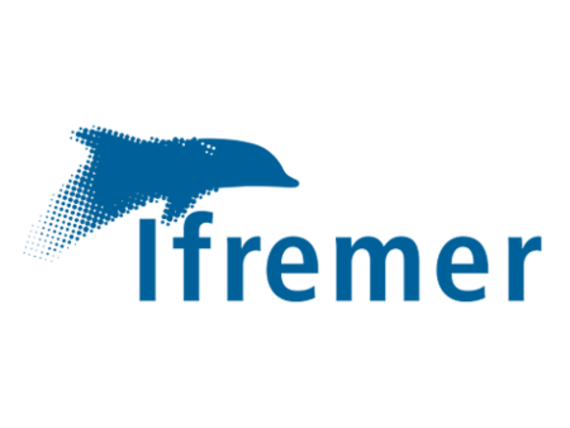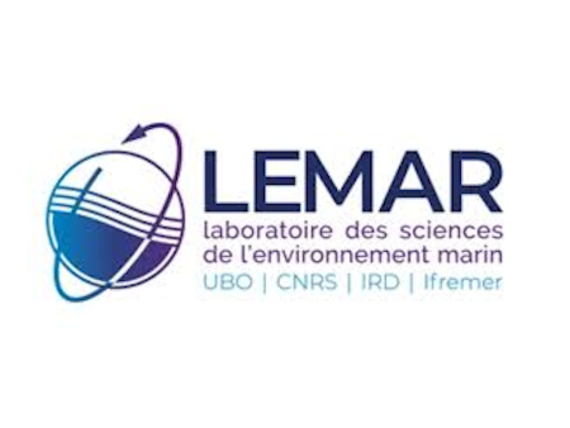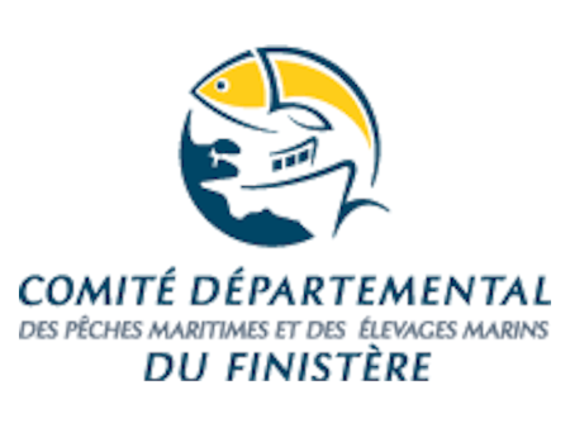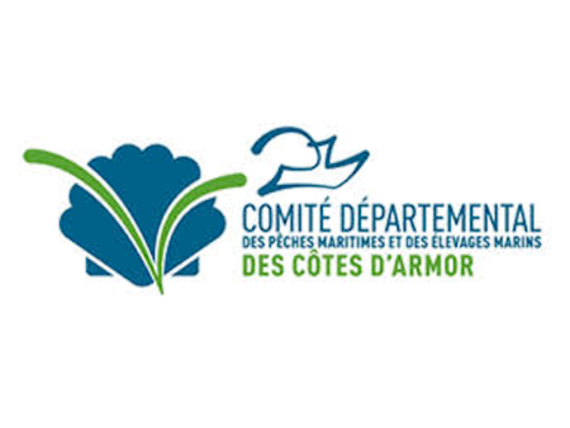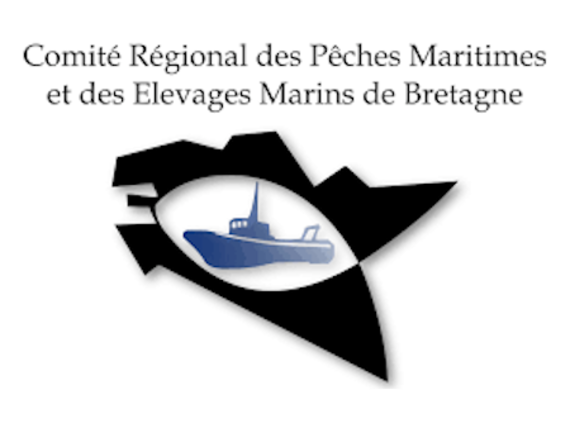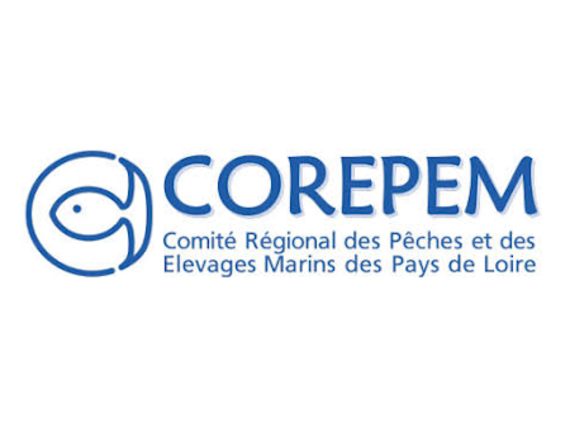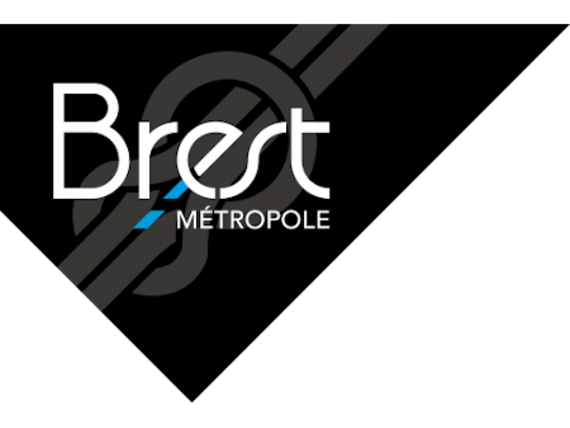MaSCoET - Shellfish stock sustainability related to Harmful Algal Blooms
Which factors are responsible of appearance of the pseudo-nitzschia algae and amnesic toxin? What are the mechanisms of scallop decontamination and the ecology of the black scallop? Is it possible to rethink the complex management of shellfish fisheries today weakened by a modified ecosystem?
The scallop Pecten maximus is the third most important commercial seafood species sold in France. It is exploited by a large fleet going from the north of France to the Pertuis Charentais for a total of 75 milion of euros since 2016.
Since the 2000s, all along the coast, fishermen have faced scallop fishery closures due to Pseudo-nitzschia (PSN) blooms, which can produce amnesic toxin (domoic acid: DA), responsible for ASP (Amnesic Shellfish Poisoning) in humans, rendering shellfish toxic for consumption.
In this context, a number of scallop P. maximus fisheries have been regularly closed for several years, sometimes resulting in shifting of fishing effort toward other scallop species such as black scallops, Mimachlamys varia. Paradoxically, research on the subject is scarce and knowledge of these phenomena remains insufficient. In this context, the MaSCoET project aims to gather knowledge that will benefit the entire French fleet by using the Bay of Brest, highly impacted in recent years, as a study site, while associating other sites (Charente Maritime, Bay of Seine). The aims are:
1. To better understand the determinism of toxic PSN blooms;
2. To better understand why DA decontamination of scallops is very slow compared to other pectinids, including black scallop M. varia;
3. To improve knowledge of the ecology and population dynamics of black scallops M. varia in order to
4. improve the management of the fishing activity that can rely to this resource during toxic events.
Understanding the factors of disturbance of the environment, anticipating the appearance of the toxin, studying the decontamination of the scallop must make it possible to rethink the often complex management of shellfish fisheries today weakened by a modified ecosystem.
Scientific contact:
Aline Blanchet-Aurigny, Philippe Cugier, Laure Régnier-Brisson (PhD student)







